Facts about the Northern Lights
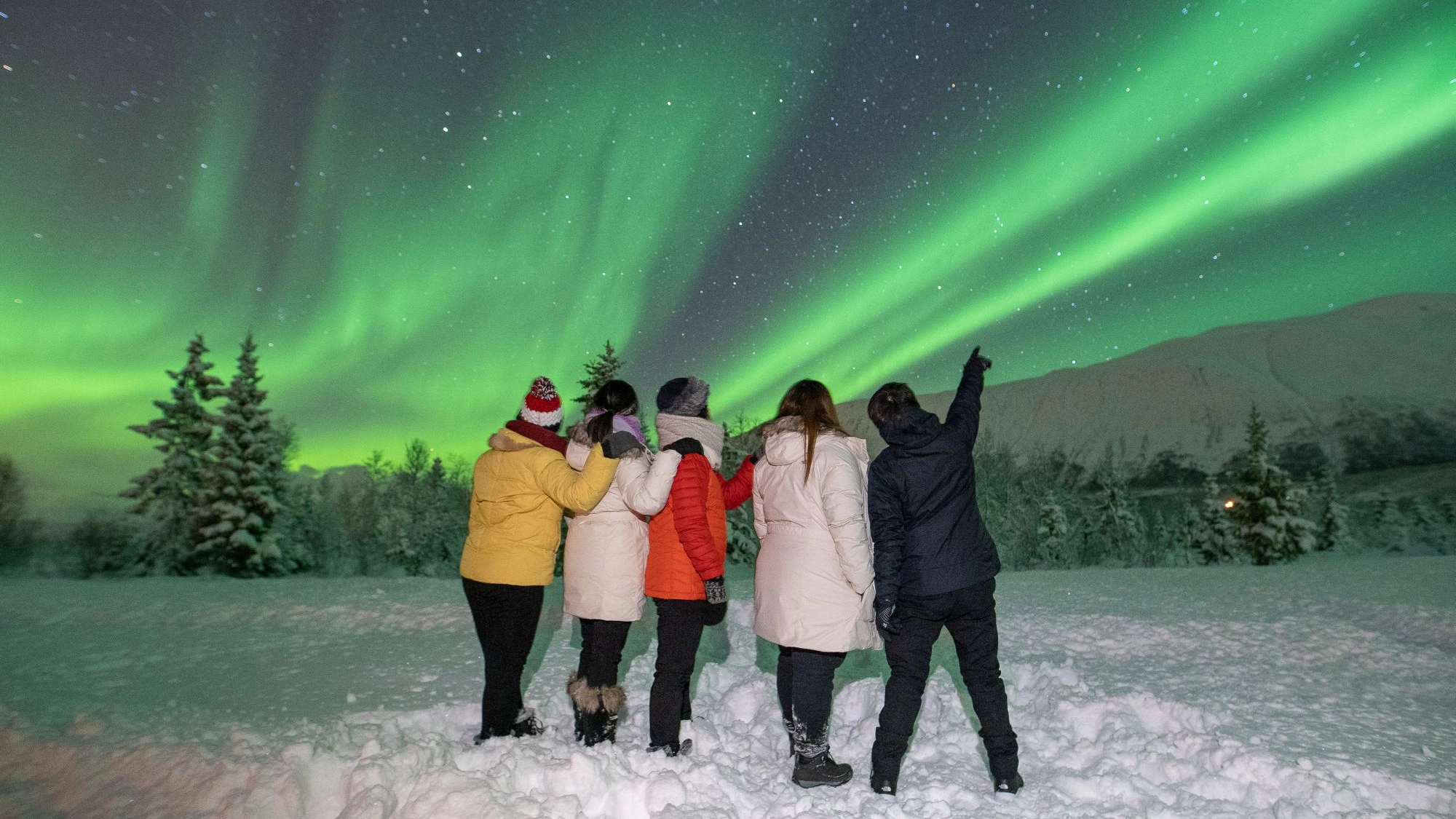
What are the northern lights?
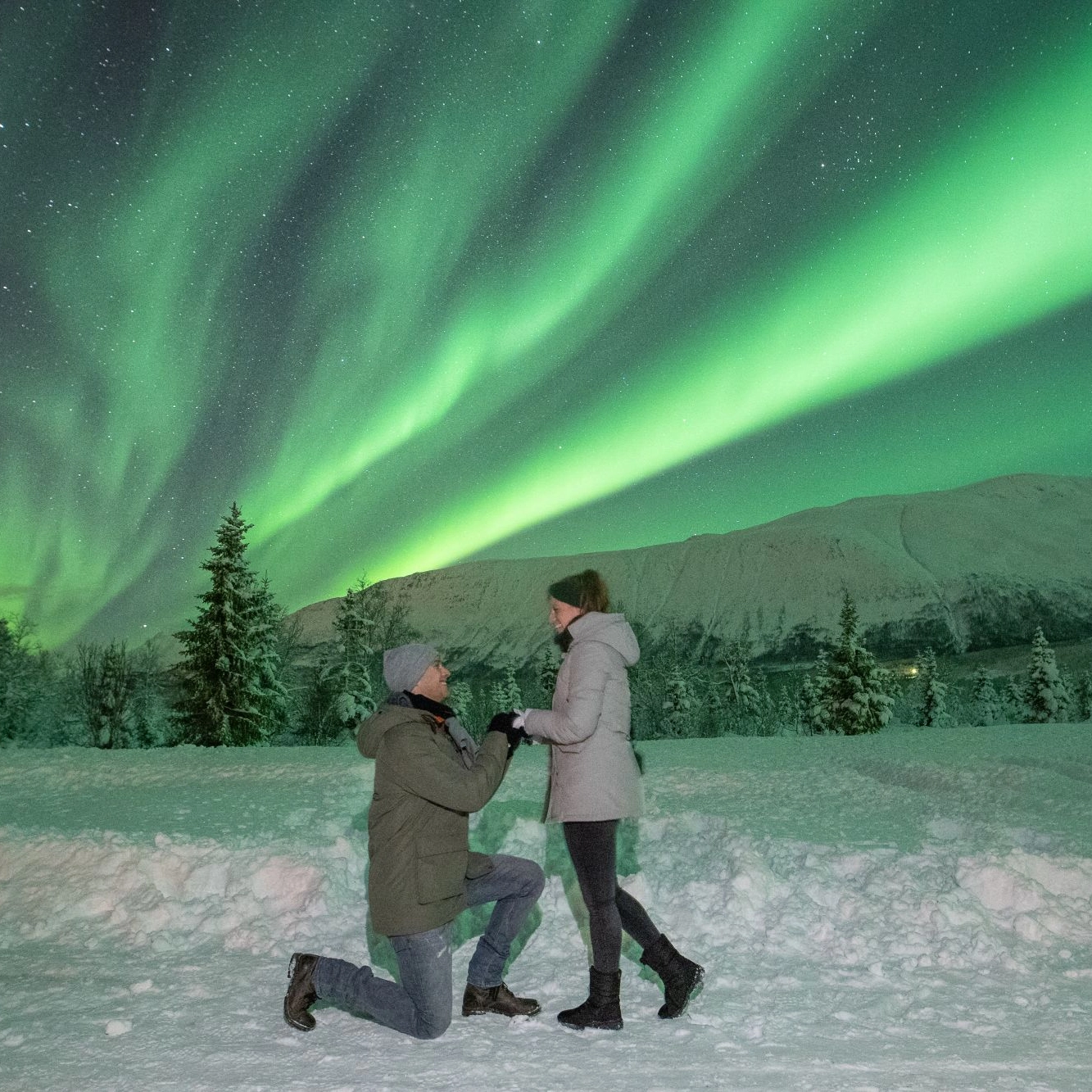
How does it happen?

When is the best time to see the Aurora Borealis in Norway?

Different ways to experience the Northern Lights

Aurora Safari Camp in Tromsø
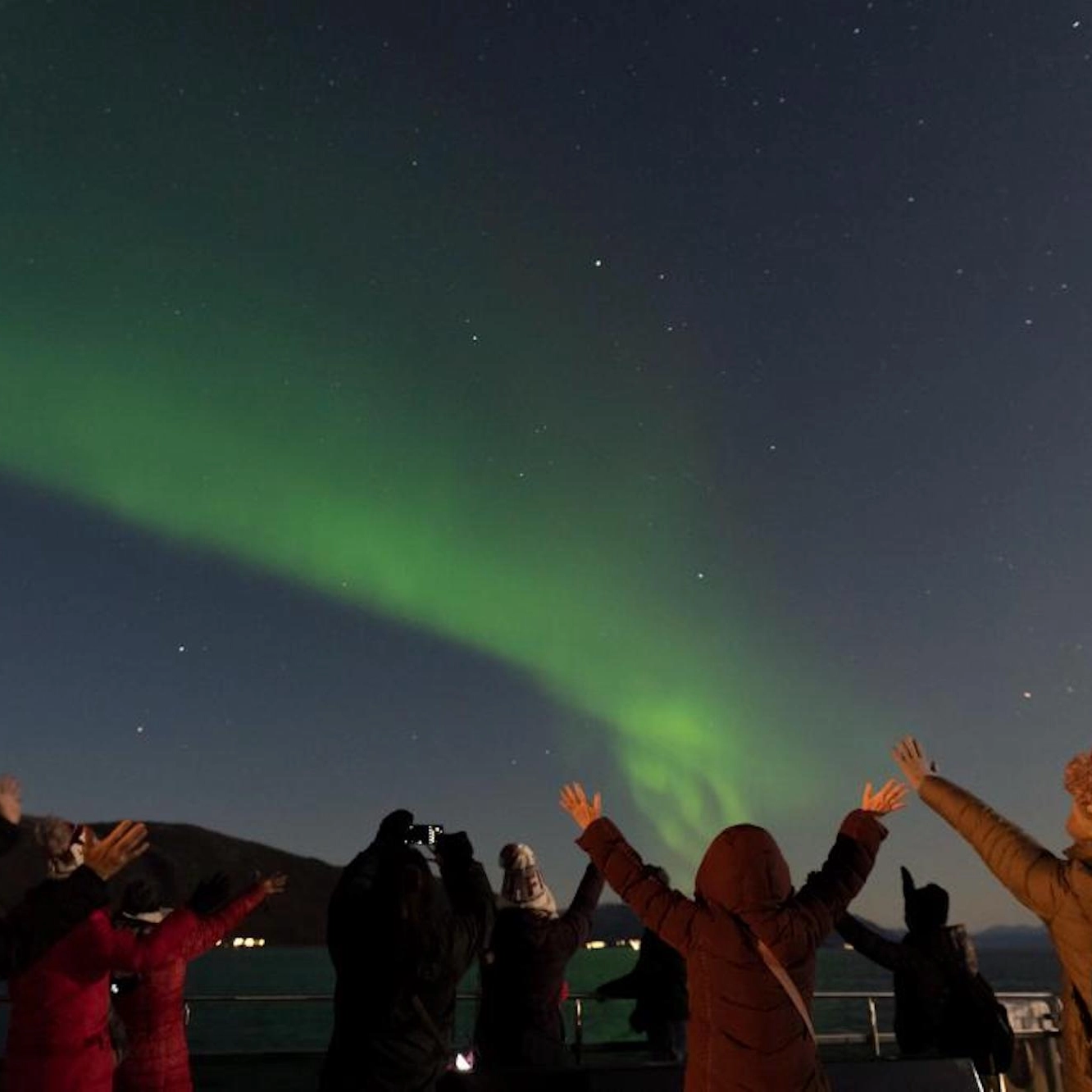
Northern Lights Cusine cruise in Tromsø

Other ways to see the Northern Lights
The best arctic experiences
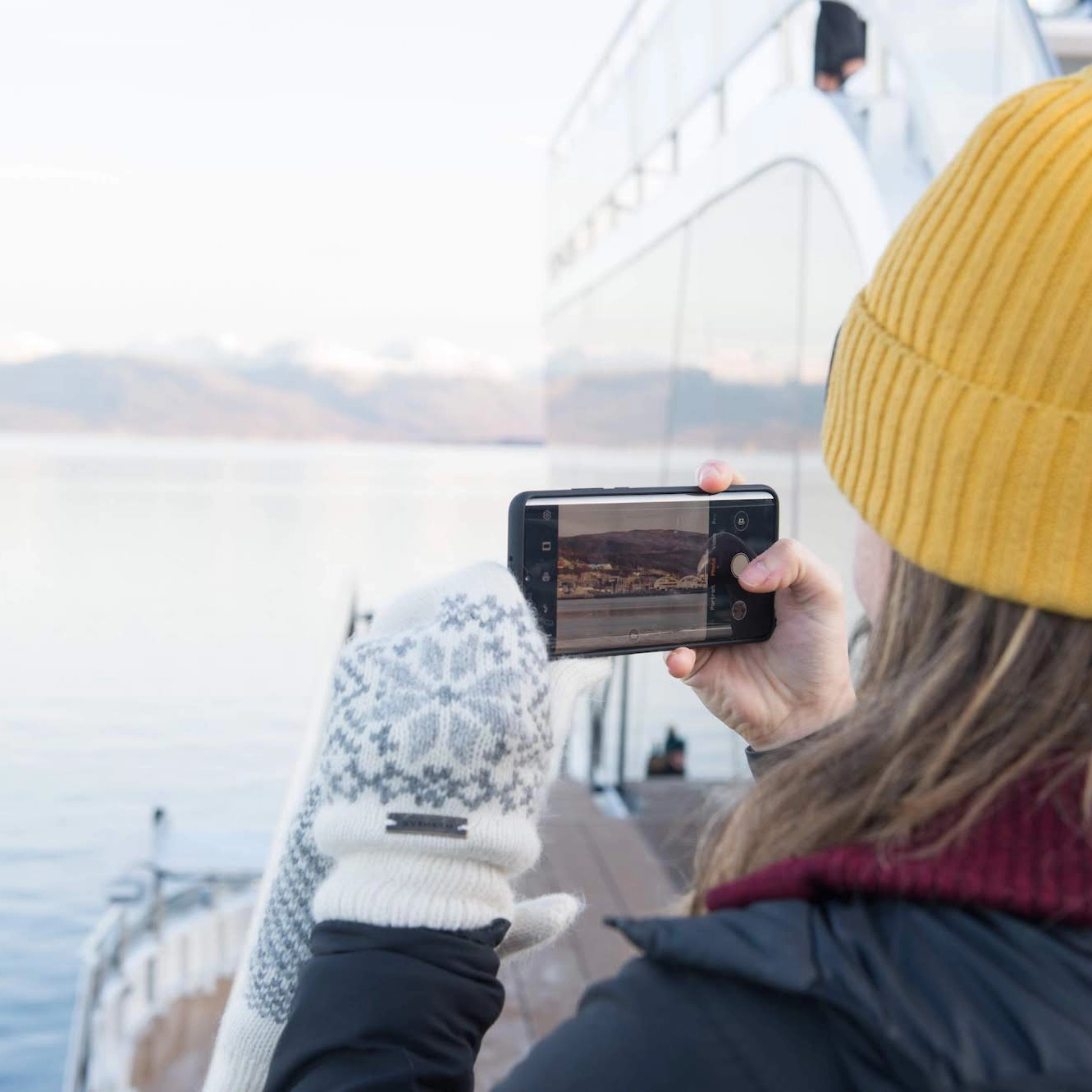
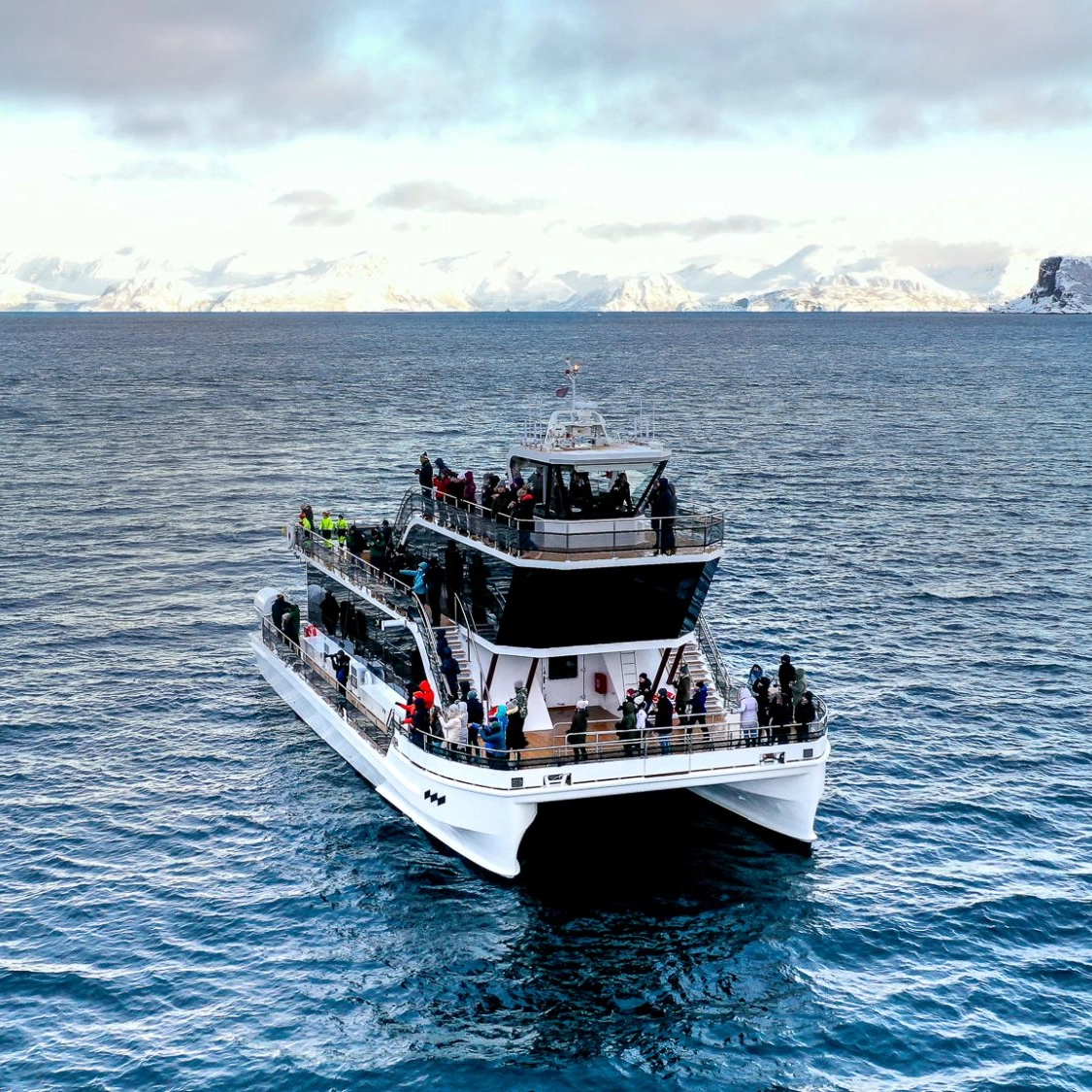

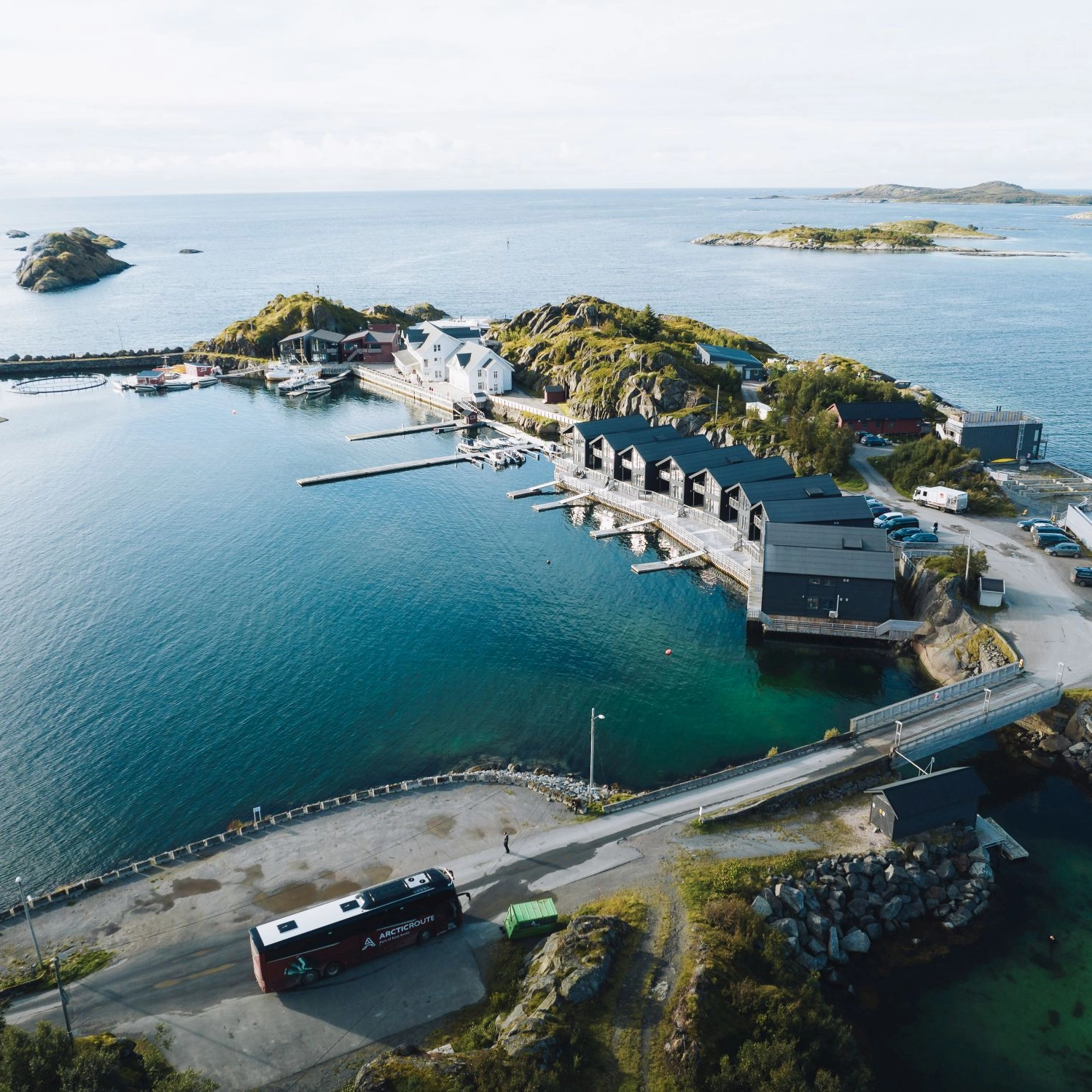
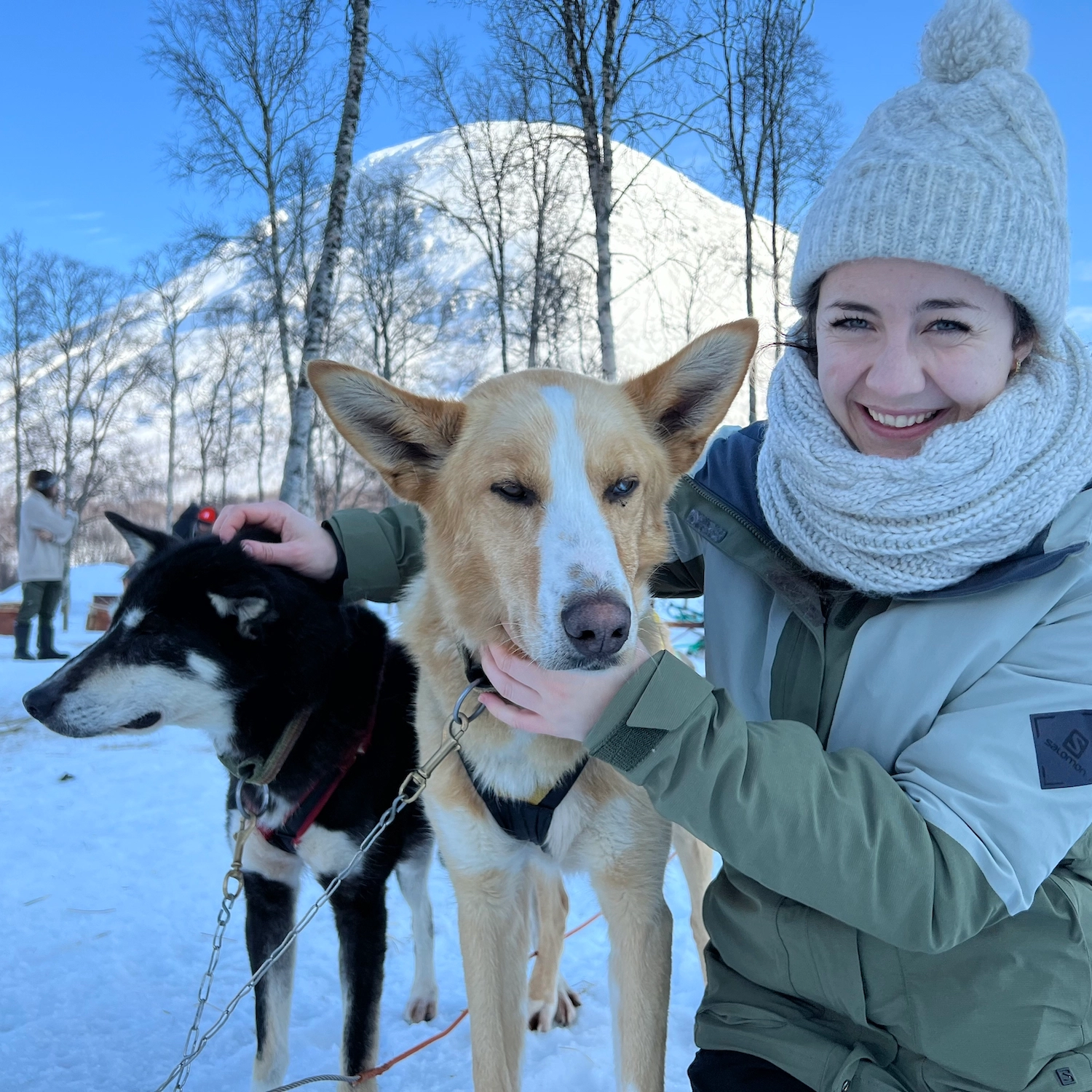
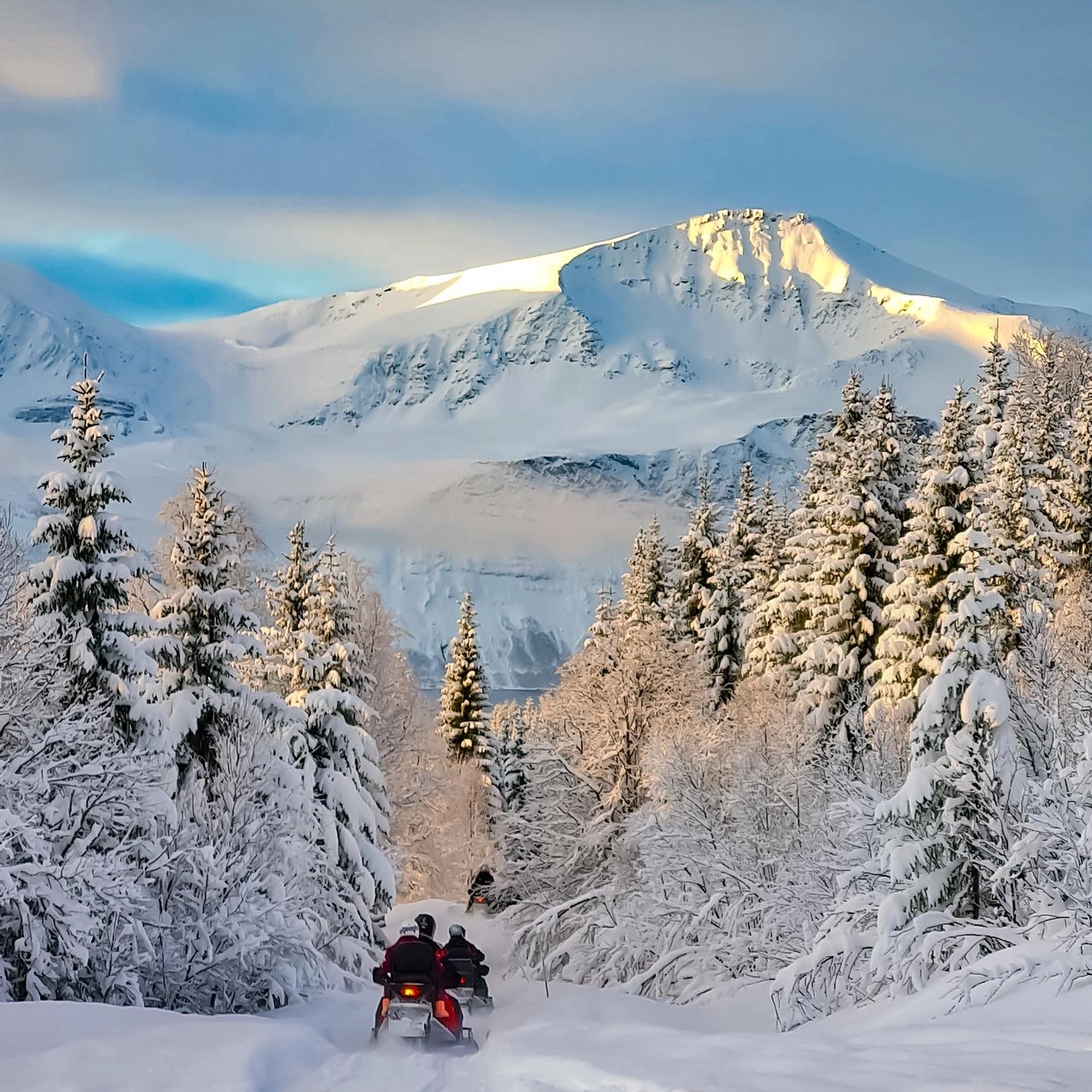

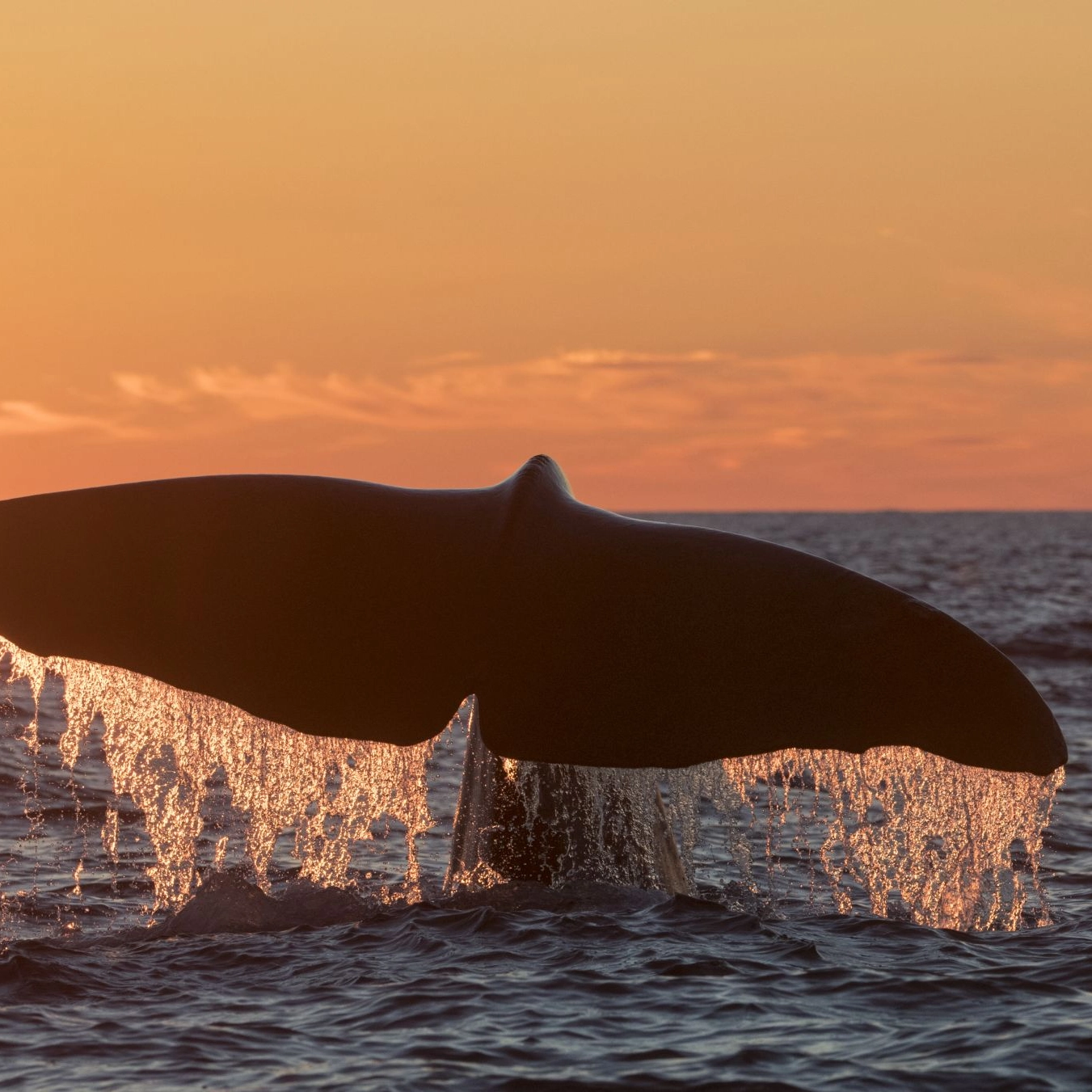








Life in the arctic

Norway’s Arctic Climate
Norway’s Arctic is one of the most astounding places on the planet. From the vast untouched snowy landscape, to the breathtaking Aurora Borealis, to the unique wildlife, the Arctic is truly something incredible. Unfortunately, climate change is having a devastating impact on Arctic regions worldwide. If change doesn’t occur rapidly to repair the damage that has already been done, the results will be devastating for Arctic regions as well as the rest of the world.
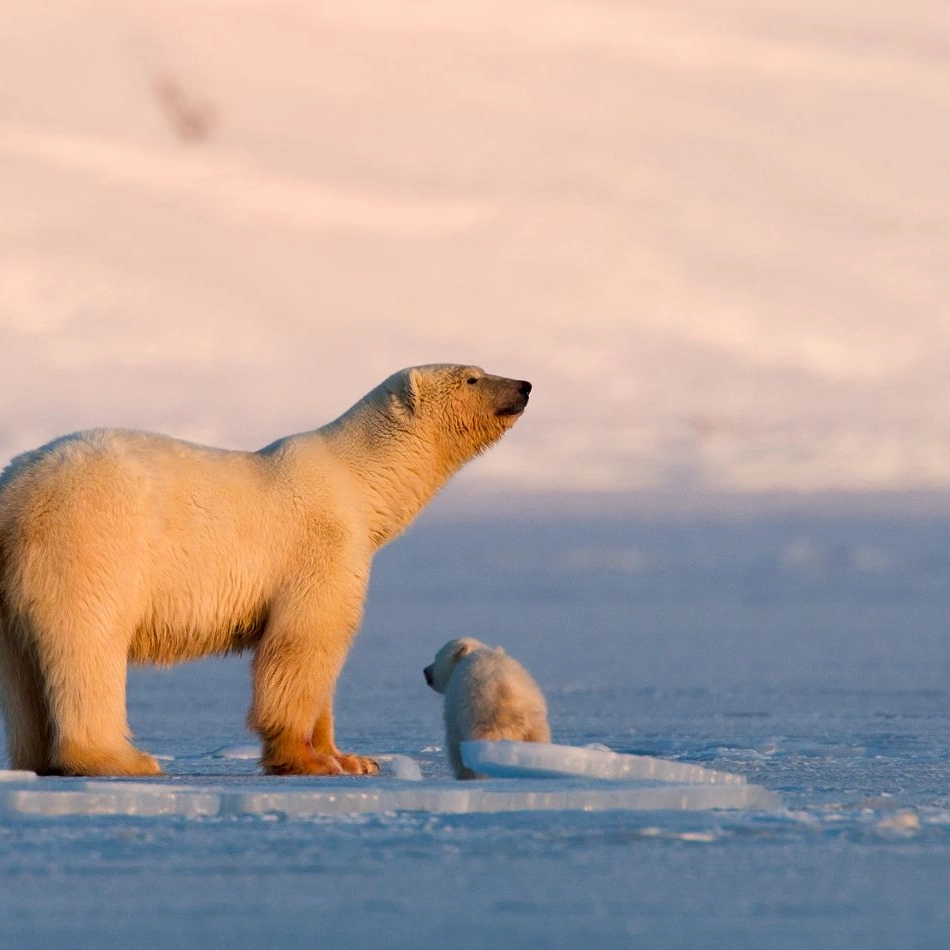
Animals in the arctic
It should come as no surprise that the Arctic region is one of the toughest places on earth for wildlife to live. Humans have been able to adapt fairly well to living in this part of the world due to the ability to wear clothing and reside in heated structures throughout the majority of the winter. However, for the animals that are forced to stay outside and venture through the Norwegian fjords and other areas of the Arctic, the climate is much more inhospitable.
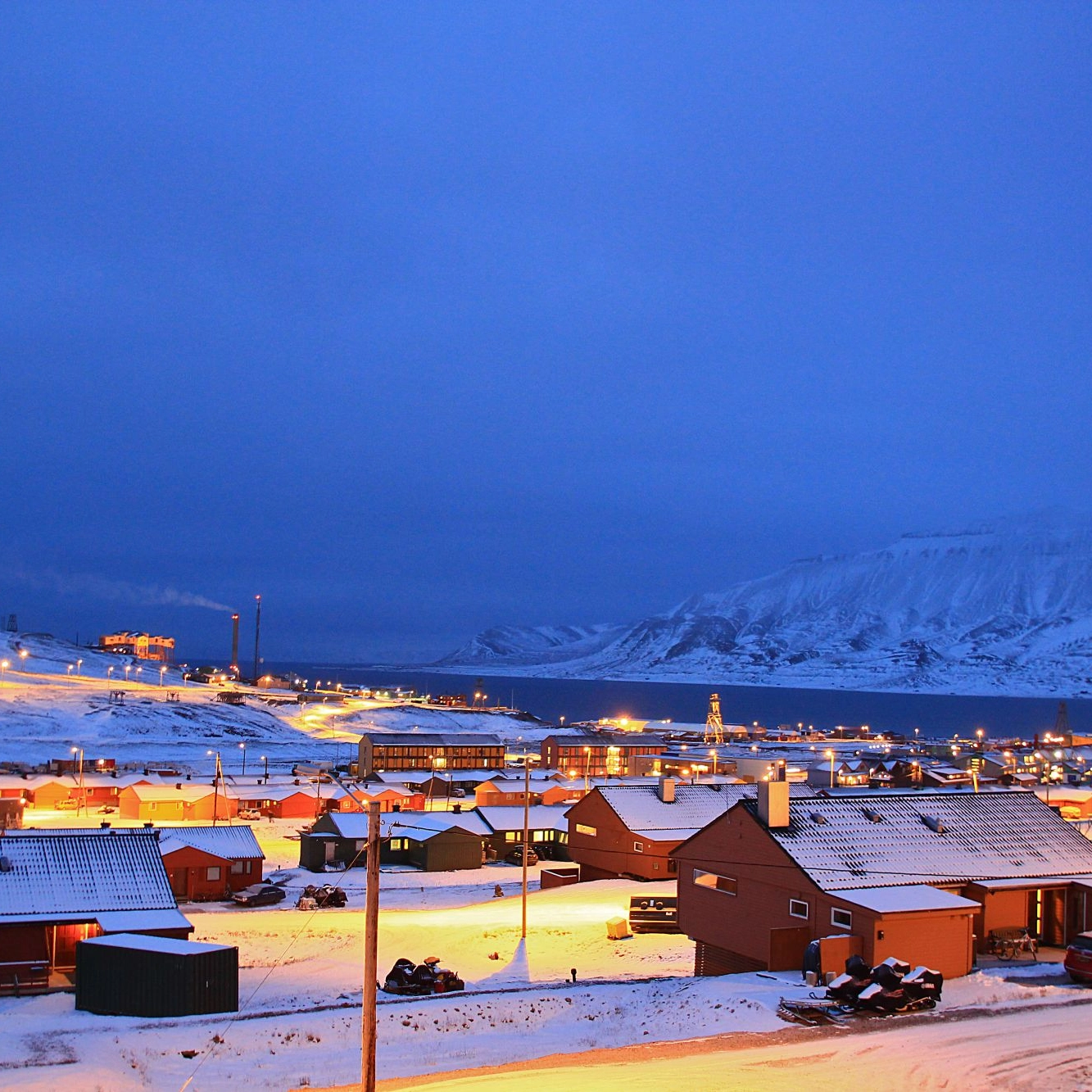
The Arctic Circle
Sitting at Earth’s most northerly latitudes, you can think of the Arctic as the planet’s hat. The main focus of this area is, of course, the North Pole, however there is so much more to it than that. Surrounding the North Pole is the Arctic Circle which stretches out into different countries, forming a line around the top of the Earth. Let’s take a closer look at this fascinating part of the world.

How to have the ultimate arctic adventure
When you book a trip to somewhere adventurous like the Arctic, you want to make sure that every second of the journey is packed with as much excitement as possible. But in order to do this, you need to know a variety of things about your destination such as where to sleep, what to do, and what to eat while you are there.